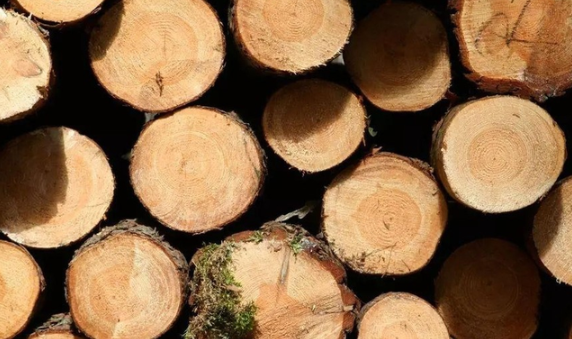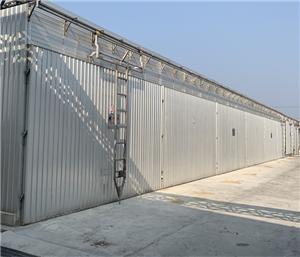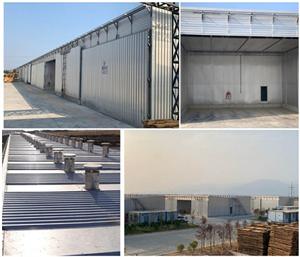Wood drying defects

When wood is drying, the drying defects that often occur in wood drying include: internal cracks, surface cracks, end cracks, bending, shrinkage, charring, severe surface discoloration, and uneven drying.
Surface cracks: Mostly occur in the early stage of wood drying, longitudinal cracks that occur along the direction of wood rays on the string cutting board. Surface cracks are mainly caused by high medium temperature and low humidity. If you encounter such a situation, you should adjust the drying standard in time, reduce the dry bulb temperature, increase the humidity, and spray the surface if necessary.
Internal cracking: also known as honeycomb cracking, is a more serious cracking defect, which generally occurs in the later stage of drying, because the surface of the wood is hardened, and the tensile stress inside the wood is greater than the tensile strength of the wood's transverse grains. occurring. In order to prevent internal cracking of wood, mid-term humidity control treatment should be carried out during the drying process to reduce the humidity in the later stage, or the wood should be modified before drying.
End cracking: Since the evaporation rate of water at the end of the wood is 30-40 times that of the water in the transverse grain direction of the wood, the water at the end of the wood evaporates first, and then shrinks. The thicker sawn timber, especially the thicker wood rays The end of hardwood or pith board will crack under the combined action of drying stress, drying shrinkage stress and growth stress. In production, in order to prevent end cracking, when the end is cracking, the outer surface of the outermost spacer must be in the same plane as the end face of the wood to reduce the evaporation area of the wood end moisture.
Bending: including forward bending, transverse bending, warping and twisting, etc. All the bent boards are mostly caused by the uneven texture of the wood, which belongs to the inherent nature of the wood. In production, for these woods, reasonable stacking can be adopted, or the wood can be treated with high temperature and high humidity at the beginning of drying, or Pressing heavy objects on the top of the stack can reduce bending.
Shrinkage: Also known as feed-in, it is an abnormal and irregular shrinkage caused by cell feed-in due to capillary tension and drying stress caused by too fast water movement when wood is drying. The macroscopic manifestation of wood shrinkage is irregular local inward depression on the surface of the board and irregular cross-section; the microscopic manifestation is usually polygonal or circular cells collapsing inward, and the cells become flat and narrow. When the shrinkage is severe, there will be fine cracks in the cell wall. The shrinkage process of wood cells can be regulated by the external conditions generated by the drying process.
Carbonization: A drying defect that often occurs in furnace gas drying, fume drying or microwave drying, which is caused by carbonization of different degrees inside or on the surface of wood due to too high temperature. Charring generally reduces the strength of the wood and increases its color.
Our main products cover Conventional Wood Drying Kilns,Track Type Veneer Drying Kilns,Heat Pump Drying Kilns,food drying chambers, heat treatment kiln and so on.If you are interested, welcome to contact me.




